Government Policies and Incentives
Government policies and incentives play a pivotal role in shaping the Automotive Electric Drivetrain System Market. Various countries are implementing stringent regulations aimed at reducing greenhouse gas emissions, which encourages manufacturers to invest in electric drivetrains. For instance, tax credits, rebates, and grants for electric vehicle purchases are becoming increasingly common, making EVs more financially accessible to consumers. As of 2025, it is estimated that government incentives could account for up to 20% of the total market growth in electric vehicles. This supportive regulatory environment not only fosters innovation in electric drivetrain technologies but also enhances the overall attractiveness of electric vehicles, thereby driving the Automotive Electric Drivetrain System Market.
Rising Demand for Electric Vehicles
The Automotive Electric Drivetrain System Market is experiencing a notable surge in demand for electric vehicles (EVs). This trend is driven by increasing consumer awareness regarding environmental sustainability and the need to reduce carbon emissions. As of 2025, the market for electric vehicles is projected to reach approximately 30 million units sold annually, indicating a robust growth trajectory. This rising demand necessitates the development and integration of advanced electric drivetrain systems, which are essential for enhancing vehicle performance and efficiency. Consequently, manufacturers are investing heavily in research and development to innovate and optimize electric drivetrains, thereby propelling the Automotive Electric Drivetrain System Market forward.
Advancements in Charging Infrastructure
The expansion of charging infrastructure is a critical driver for the Automotive Electric Drivetrain System Market. As more charging stations become available, the convenience of owning an electric vehicle increases, which in turn boosts consumer confidence in transitioning from traditional combustion engines to electric drivetrains. Recent data suggests that the number of public charging stations has increased significantly, with projections indicating a potential doubling by 2027. This enhanced infrastructure supports the widespread adoption of electric vehicles, thereby stimulating demand for sophisticated electric drivetrain systems that can efficiently utilize the available charging options. The interplay between charging infrastructure and electric drivetrains is likely to shape the future landscape of the Automotive Electric Drivetrain System Market.
Consumer Preference for Sustainable Mobility
There is a growing consumer preference for sustainable mobility solutions, which significantly influences the Automotive Electric Drivetrain System Market. As awareness of climate change and environmental issues rises, consumers are increasingly seeking vehicles that align with their values of sustainability. This shift in consumer behavior is reflected in Market Research Future, indicating that nearly 60% of potential car buyers express a preference for electric or hybrid vehicles. This trend compels automakers to prioritize the development of electric drivetrains that not only meet performance expectations but also adhere to sustainability standards. The alignment of consumer preferences with sustainable practices is likely to drive innovation and growth within the Automotive Electric Drivetrain System Market.
Technological Innovations in Electric Drivetrains
Technological innovations are a fundamental driver of the Automotive Electric Drivetrain System Market. Continuous advancements in electric motor technology, battery efficiency, and power electronics are enhancing the performance and reliability of electric drivetrains. For instance, the introduction of solid-state batteries is expected to revolutionize energy storage solutions, offering higher energy densities and faster charging times. As of 2025, the market for electric drivetrains is projected to grow at a compound annual growth rate (CAGR) of over 15%, driven by these technological advancements. The ongoing research and development efforts in this domain are likely to yield breakthroughs that will further propel the Automotive Electric Drivetrain System Market, making electric vehicles more appealing to a broader audience.
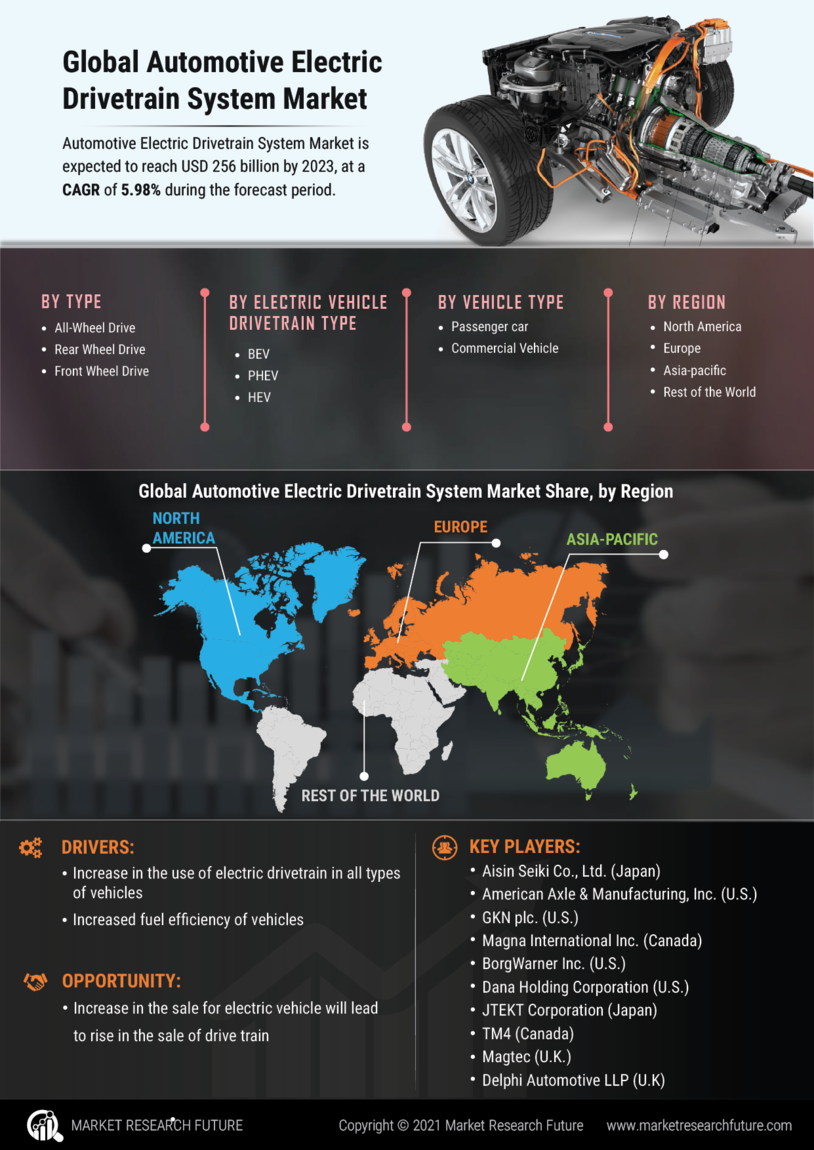

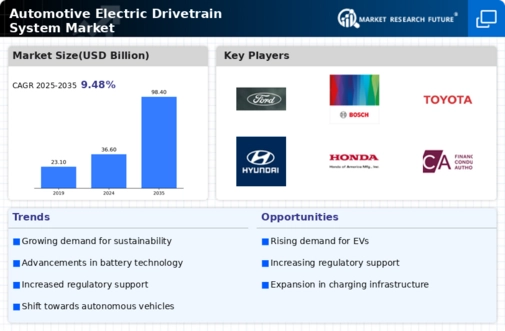
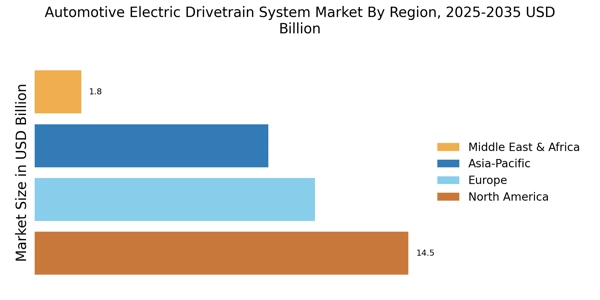
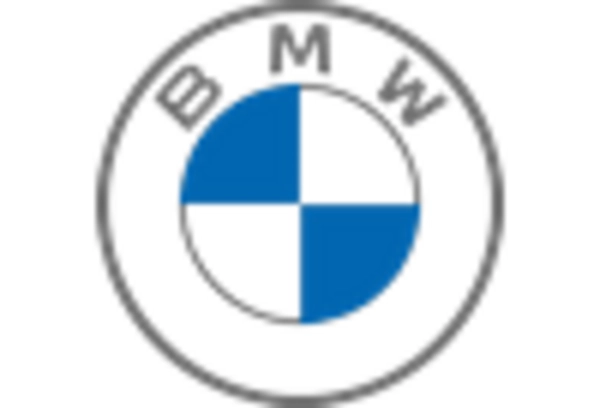
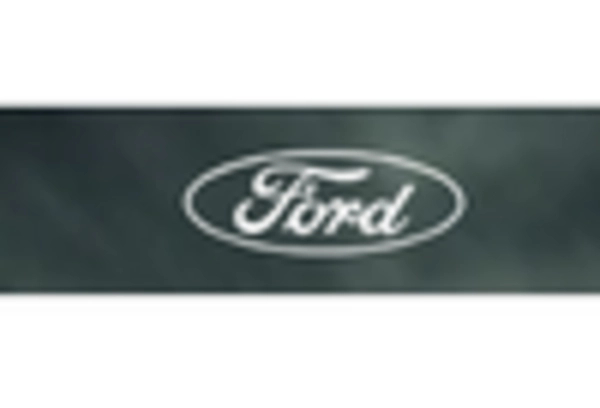
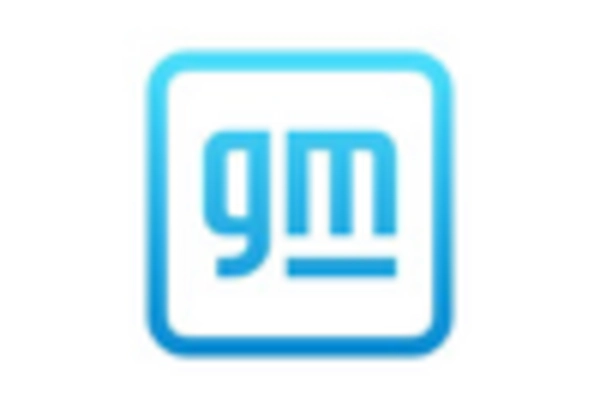











Leave a Comment